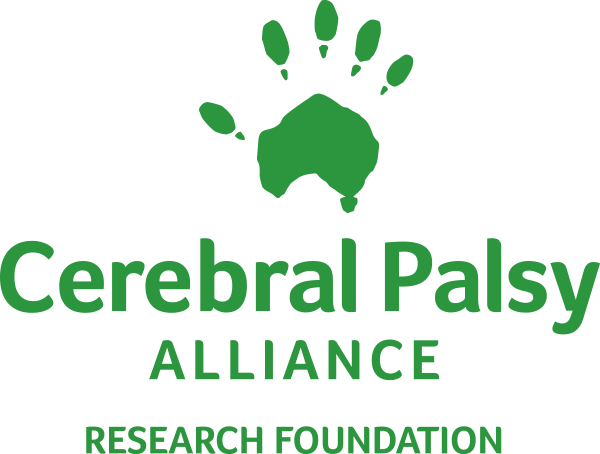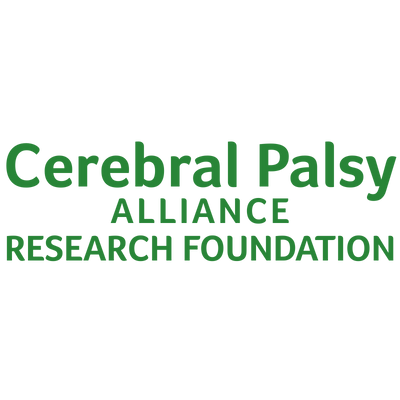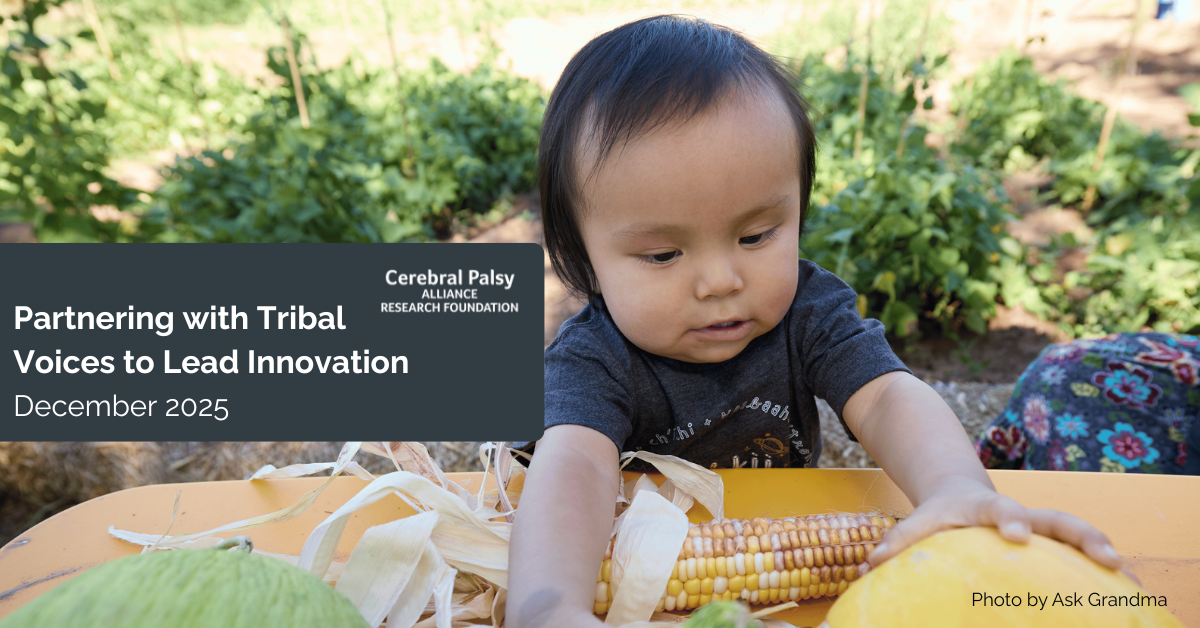
WHY WE GIVE: The Betsy Daily School of Performing Arts*
High school students who dance at the Betsy Daily School of Performing Arts chose Cerebral Palsy Alliance Research Foundation as the beneficiary of their annual MiniTHON fundraiser, which is part of their Raising the Barre program.
We’re so glad and grateful that they found us and that they came together with their community to raise life-changing funds to support our work! We asked the team a few questions, including some that tied their love of dance to cerebral palsy. Check out what they had to say.
What first got all of you into dancing and how long have you been doing it?
In general, most of our members have been dancing for an average of 10 years. While some people's parents were dancers who inspired them to start dance, others used dance as an outlet to try new things while also being active. This enabled us to engage with our friends and meet new people in a fun and active way.
How does dancing enhance your lives?
Dancing enhances our lives by allowing us to creatively express ourselves while also providing opportunities to meet new people and have fun with our friends. By surrounding ourselves in the supportive studio environment, dance creates numerous opportunities for us — from meeting new people to trying new classes to expression through movement.
Additionally, dance helps us explore more professional opportunities, even from a young age, such as parades, news filming, and other similar opportunities that further enhance our lives.
Why is creative expression through movement important to you, and how has that influenced your recitals/performances?
Creative expression through movement is important to us because it offers us another way to express ourselves and our emotions besides just verbally. It additionally encourages personal growth in areas such as confidence, individuality, and innovation.
Creative expression influences our recitals in many ways, largely by adding depth to our dances by adding a more personal quality that allows our dances to really come to life. It also allows us to share and communicate with the audience through emotion on a more complex level.
How has your understanding of cerebral palsy affected the way you perceive dance?
Our understanding of cerebral palsy has affected the way we perceive dance because it has opened up a new mindset of gratitude and encouragement for us. Knowing others don't have the ability or access to the opportunities we have at dance every day allows us to further appreciate the fact that we are able to express ourselves through movement in this way. It additionally encourages us to help others who don't have the same opportunities as us.
Is there anything else you’d like the CPARF community to know?
Raising The Barre is so excited to have the opportunity to support this amazing cause and further expand our dance community to this group!
*This story is part of CARE & GIVING.This series covers a few different aspects of the cerebral palsy community. It features the experiences of those who care about and for people with cerebral palsy, including parents and caregivers, therapists, paraprofessionals, and other allies. It also highlights donors who have made it their mission to move cerebral palsy research forward, because care and giving go hand in hand.
The CARE & GIVING blog is intended solely to raise awareness about the varied human experience with cerebral palsy and shouldn't be read or construed to contain any medical advice or medical endorsement by Cerebral Palsy Alliance Research Foundation. Only you and your doctor know what's best for you. Please consult your doctor for medical advice.
Fri 05 Dec 2025
An update on one of our most important initiatives: expanding access to life-changing assistive technology for Native Americans with disabilities.
Mon 08 Sep 2025
We’re proud to share that CPARF’s 2025 Remarkable US Accelerator cohort kicks off this week! This program supports disability-focused startups that are developing cutting-edge assistive technology.



